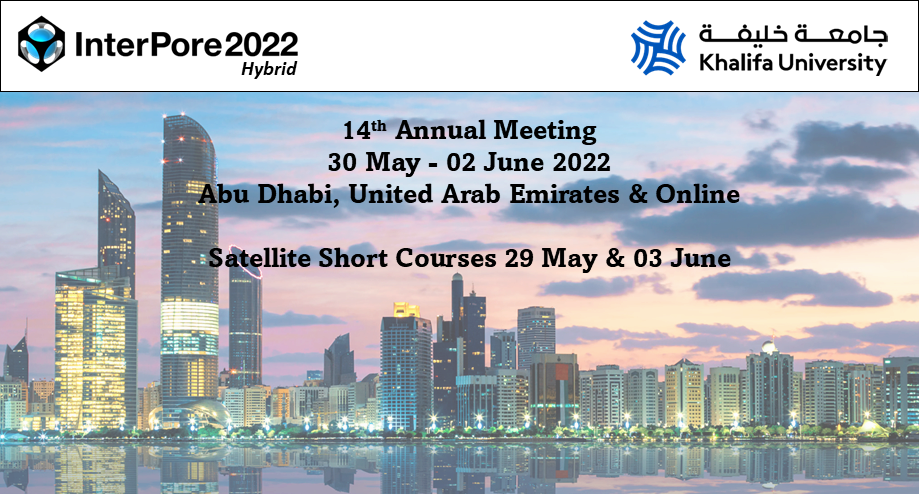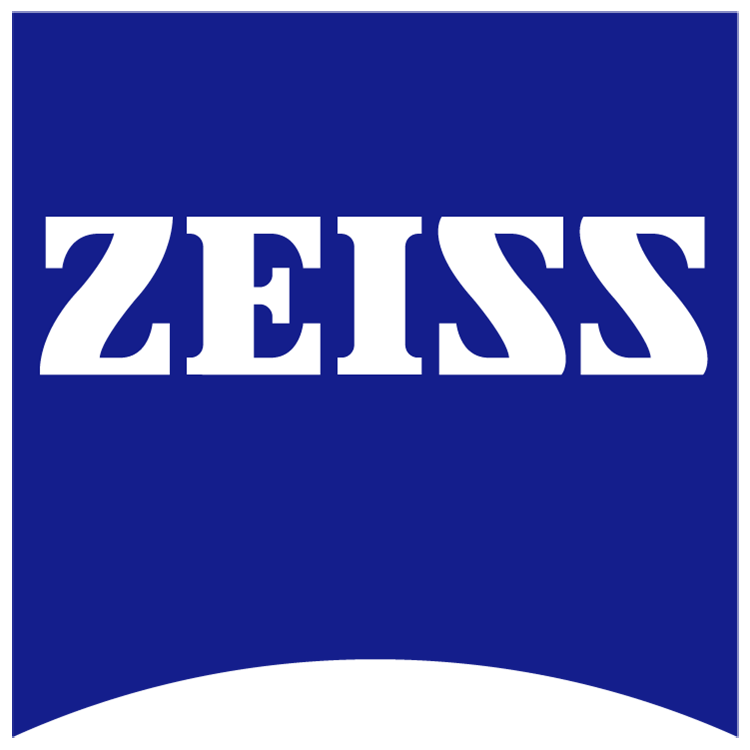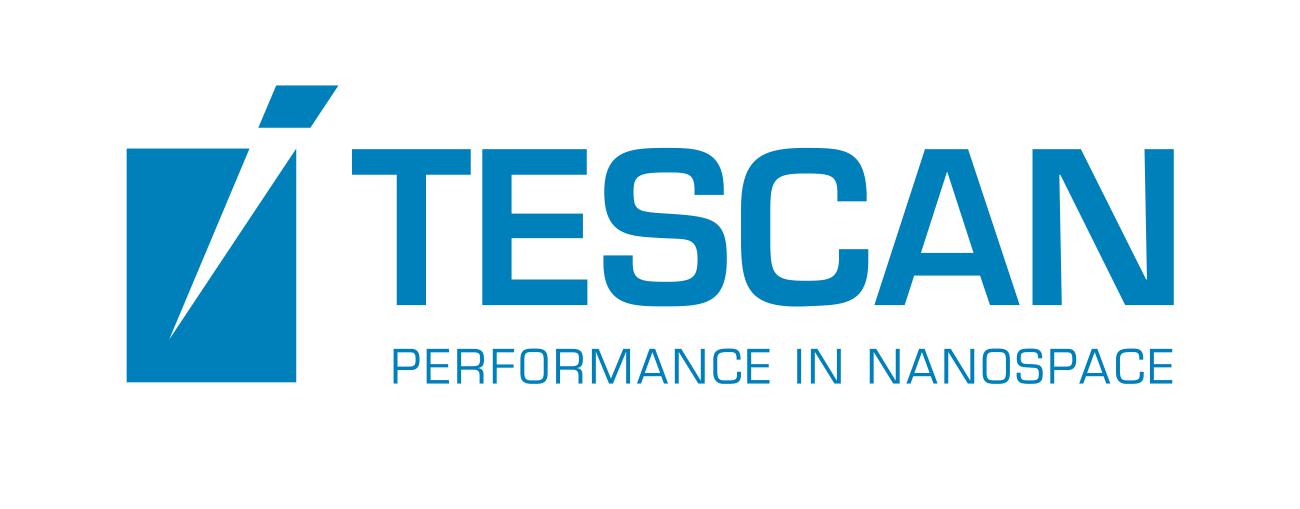Speaker
Description
This talk will show the latest developments in Lagrangian/particle methods for the computation of complex fluid dynamics in real 3D geometries at the pore-scale. This involves the consideration of shear-thinning fluids from [2,5] and reactive solid rock matrix [1], using the Lagrangian transport developed in [2], whose physical considerations have been validated in [3].
These models couple the diffusion and transport of chemical species in the pore space of a rock matrix itself reacting with the fluids. The hydrodynamics of the fluid is then strongly coupled to species concentrations, especially in the non-Newtonian context for which the viscosity of the fluid depends non-linearly on the concentrations.
Our practical applications focus on the methodology for computing these coupled phenomena in complex geometry and consequently we consider configurations with a minimal number of components: we consider reactions of the kind $A+B\to C+D$ (typically involving calcite), in a geometry built by microCT measures, with a Carreau law for the shear-thinning fluid (typically involving Xanthan).
Among all the mathematical terms involved in the partial differential equations modeling this coupled system, the Particle-Strength-Exchange method is dedicated to approximating the term $-div(L\nabla u)$. Using a particle description of the species velocity or concentration, the goal is to establish an exchange kernel $\sigma$ between particle in their large neighborhood. Due to the substantial number of neighbor particles, especially for large 3D computations, a stencil generator $\Theta$ (here a spherically symmetric function with compact support) is considered: all the work required is to link $L$, $\Theta$ and $\sigma$. The exchange kernel $\sigma$ is produced at second order, its weights being given by a straightforward formula, to the opposite of SPH methods which require the computation of weights at each particle and each time steps.
It results in an efficient numerical method, conservative by construction, second order and allowing large variations in the diffusion coefficients. This is especially convenient for two-scale porosity models (such as Koseny-Carman law), Archie's law of the rock matrix (modeling the tortuosity of the subscale pore space), and more generally for averaged equations modeling the effect of porosity in the rock matrix. This is also well-fitted to shear-thinning features of the fluid, exhibiting up to 5 orders of magnitude in the value of the viscosity. Future work will involve mechanical coupling using wall displacements, inspired from the wall laws introduced in [4].
References
[1] Jean-Matthieu Etancelin, Peter Moonen, Philippe Poncet. Improvement of remeshed Lagrangian methods for the simulation of dissolution processes at pore-scale. Advances in Water Resources, Elsevier, 2020, 146, pp.103780. 10.1016/j.advwatres.2020.103780.
[2] Laurène Hume, Philippe Poncet. A velocity-vorticity method for highly viscous 3D flows with application to digital rock physics. Journal of Computational Physics, Elsevier, 2021, 425, pp.109910. 10.1016/j.jcp.2020.109910.
[3] Sergi Molins, Cyprien Soulaine, N. I. Prasianakis, Aida Abbasi, Philippe Poncet, Anthony Ladd, Vitalii Starchenko, Sophie Roman, David Trebotich, Hamdi Tchelepi, Carl I. Steefel. Simulation of mineral dissolution at the pore scale with evolving fluid-solid interfaces: review of approaches and benchmark problem set. Computational Geosciences, Springer Verlag, 2020. 10.1007/s10596-019-09903-x.
[4] Sarah Perez, Peter Moonen, Philippe Poncet. On the Deviation of Computed Permeability Induced by Unresolved Morphological Features of the Pore Space. Transport in Porous Media, Springer Verlag, 2021, 10.1007/s11242-021-01713-z.
[5] David Sanchez, Laurène Hume, Robin Chatelin, Philippe Poncet. Analysis of 3D non-linear Stokes problem coupled to transport-diffusion for shear-thinning heterogeneous microscale flows, applications to digital rock physics and mucociliary clearance. ESAIM: Mathematical Modelling and Numerical Analysis, EDP Sciences, 2019, 53 (4), pp.1083-1124. 10.1051/m2an/2019013.
| Participation | In person |
|---|---|
| Country | France |
| MDPI Energies Student Poster Award | No, do not submit my presenation for the student posters award. |
| Time Block Preference | Time Block B (14:00-17:00 CET) |
| Acceptance of the Terms & Conditions | Click here to agree |









